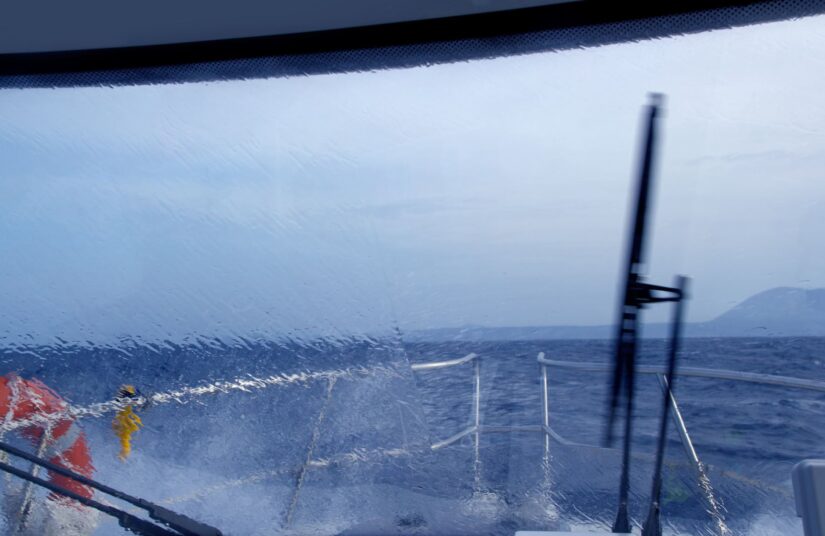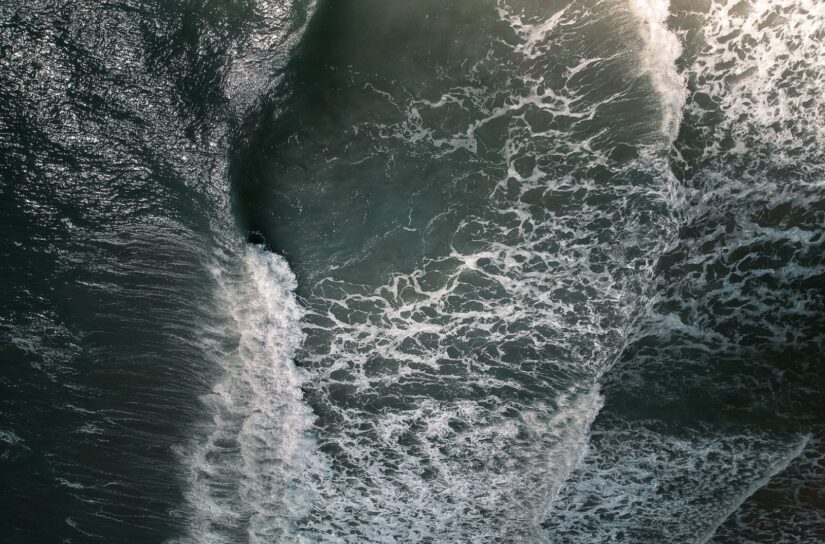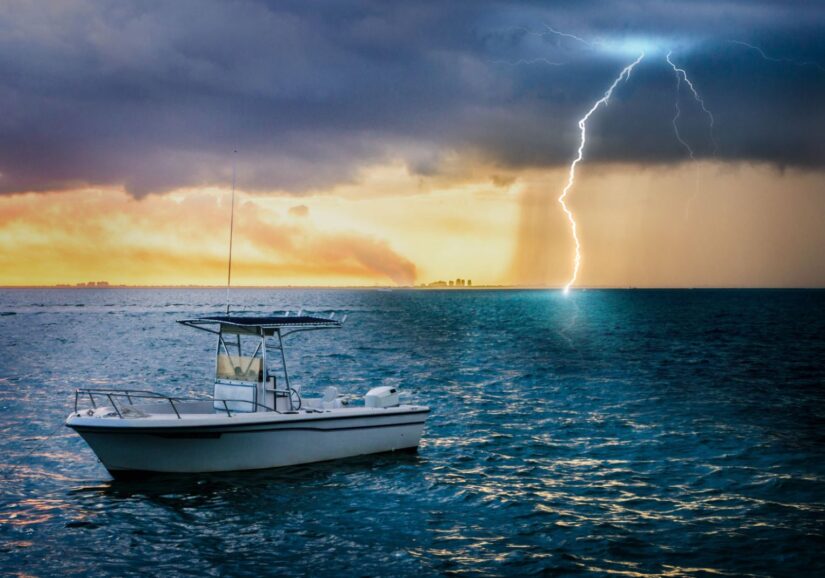Find exactly what you're looking for...



Being caught in bad weather while boating is an experience no one desires. Whether it’s a sudden thunderstorm, strong winds, or heavy rain, these weather conditions can quickly turn a fun day on the water into a dangerous situation. As hurricane season approaches and Florida’s weather becomes more unpredictable, it’s essential to keep in mind some tips to help you navigate through bad weather while boating.

Florida, on average, has 70-80 thunderstorms per day with increased activity during the summer months. With this information, boating in bad weather is bound to happen sooner than later. Obviously, looking at weather reports before heading out for a boat day is highly recommended. Boaters should also track weather reports via VFH radio while out on the water to avoid any possible incoming storms. Even with low chances of incoming storms, it’s best to be prepared — as we all know, weather reports aren’t always accurate.
Some weather tips to know: lighting storms usually happen in the afternoons, with approximately 70 percent occurring between noon and 6 PM. If both lighting and thunder occur, count the seconds between the lightning and thunder following and then divide by five. This math equation will provide an estimate of how many miles away the storm is. The rule of thumb: when thunder can be heard, it’s time to head back in or to the nearest shelter. If you’re miles out and getting to shore is not an option, riding the storm out is your best bet. Let’s take a look at some tips to help ride out a storm.
The first thing you should do when getting caught in bad weather is put on your life jackets and harnesses (if applicable). Even if you are the best swimmer in the world, it is highly unlikely that you will beat the ambush of water and waves during a storm. Lifejackets and harnesses will help protect crew and guests should someone happen to fall overboard. Harnesses readily attached to cleats or tie-offs will help secure everyone onboard. If you prepared a ditch bag now is the time to locate it and have it handy in case of an emergency.

After everyone is safely secure in a life jacket, you will want to secure and stow away objects and gear in a safe place. In rough seas, the last thing you want are objects falling or tumbling around. This could cause an unwanted accident and even death, with someone getting knocked unconscious or knocked off board. Securing objects such as antennas, masts, Bimini tops, and fishing rods is also advised, seeing lightning typically strikes the tallest point on a boat.
If possible, find a spot that is protected from the wind, and drop anchor. Everyone should resort to the enclosed cabin, if applicable. Close any latches and windows to prevent water from flooding the cabin. Most importantly, stay away from metal and electrical appliances during a lightning storm. If a lightning strike occurs near or on the boat, there is a high chance you could get electrocuted if you are touching anything metal. This includes steering wheels, metal railings, or your VFH radio unless it is a handheld. Some boaters opt to steer with a wooden spoon or rubber gloves to avoid electrocution.

For boaters who do not have the convenience of hiding out in a cabin, it is recommended that you drop anchor, stow away fishing rods, and get low in the center of the boat. If dropping anchor isn’t an option, slow down the vessel as much as possible. When in rough seas, you should only keep enough power to maintain headway; and don’t try to outrun the waves. If you try to outrun stormy seas, you have a high chance of losing control and broaching. Steer the boat at a 45-degree angle into the waves; this is the safest way to proceed towards shelter and will help prevent the vessel from capsizing.
Most importantly, during any storm, remain calm and use common sense. Often boaters caught in bad weather will overlook many of these safety precautions in the chaos of the moment. Just remember to get everyone on board safe and secure, stow away any objects that you can, and if possible, find a protected area to drop anchor and ride out the storm. For more safety tips, view the articles below.
Boating Safety Guideline for Predeparture & On the Water
Filing a float plan
Top Tips for Pets Aboard
First-Time Yacht Buyer Insurance Guide
Compare (0/3)